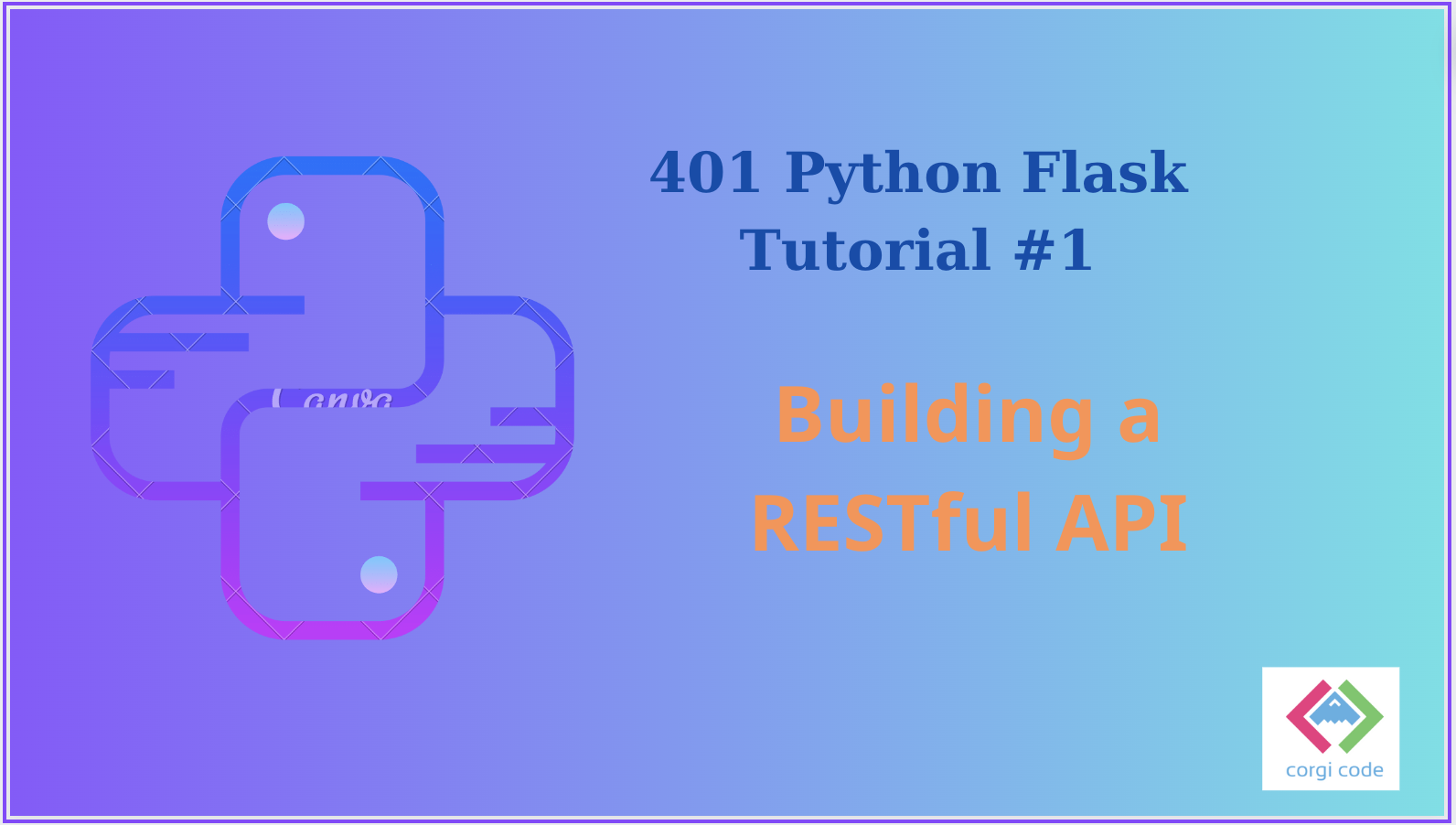Conda is a package and environment management system for Python and other languages. It allows you to install, run, update, and remove packages and their dependencies from various sources, such as the Python Package Index (PyPI) or Anaconda.org. You can also use conda to create and switch between different environments that have different versions of Python and other packages. Conda is open source and works on Windows, macOS, and Linux.
Conda easily creates, saves, loads, and switches between environments on your local computer. It was created for Python programs, but it can package and distribute software for any language.
In its default configuration, Conda can install and manage the thousands of packages at repo.anaconda.com that are built, reviewed, and maintained by Anaconda.
Benefits of Using Conda
There are many benefits to using Conda to manage your Python packages, including:
- Centralized repository: Conda uses a centralized repository called Anaconda.com to store packages. This makes it easy to find and install the packages you need.
- Wide variety of packages: Anaconda.com contains a wide variety of packages, covering a wide range of topics. This means that you can find packages for almost any task you need to accomplish with Python.
- Easy to use: Conda is easy to use, even for beginners. The
condacommand makes it simple to install and manage packages. - Environment management: Conda can be used to create and manage environments. This is useful for isolating your Python packages and their dependencies from each other. This is helpful for preventing conflicts between packages and for managing different versions of the same package.
Examples of Using Conda
Here are some examples of how to use Conda to manage your Python packages:
1. Install a package
To install a package with Conda, simply run the following command:
conda install packagename
This will download the package from Anaconda.com and install it on your computer.
2. Create an environment
To create an environment with Conda, run the following command:
conda create -n environmentname
This will create a new environment called environmentname. You can then activate the environment with the following command:
conda activate environmentname
3. Install packages into an environment
To install packages into an environment, simply run the following command:
conda install -n environmentname packagename
This will install the package packagename into the environment environmentname.
4. Switch between environments
To switch between environments, simply run the following command:
conda activate environmentname
This will activate the environment environmentname.
5. Uninstall a package
To uninstall a package with Conda, simply run the following command:
conda uninstall packagename
This will uninstall the package packagename from your computer.
Conclusion
Conda is a powerful tool for managing Python packages. It is easy to use and it offers a number of benefits, including a centralized repository, a wide variety of packages, environment management, and simple commands for installing, uninstalling, and switching between packages.





